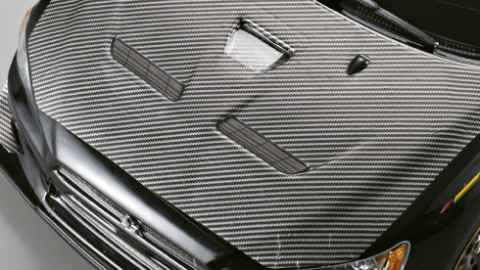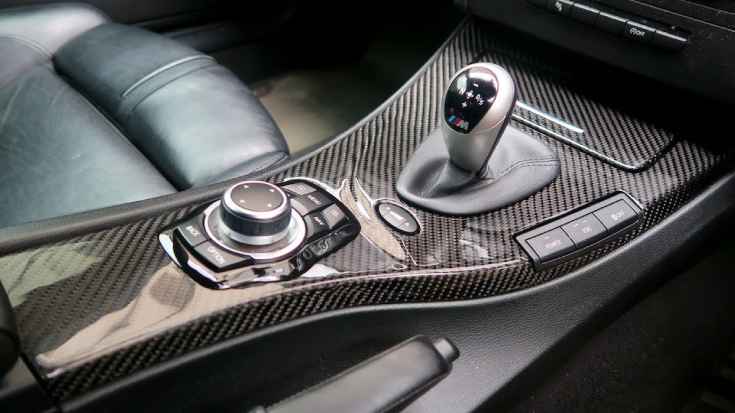Carbon fiber is a beautiful and exotic material that is often found in car parts due to its sleek aesthetic. However, it’s important to understand how to properly care for these parts in order to protect them.
Most carbon fiber is coated with a layer of clear lacquer. This is just like the lacquer found on regular automotive paint and offers protection from water ingress, contaminants and other detritus.
Washing
Carbon fiber is a common material for aesthetic car parts as it offers a sleek look while being durable and lightweight. It’s important to clean carbon fibre regularly to protect it from dirt, grime and other contaminants.
The majority of carbon fibre applications are lacquered, meaning the weave is covered in a clear layer that serves the same purpose as the paint on a regular car. This means that you can wash the part using your daily use car washing shampoo and follow up with a clay bar, tar remover, polish and wax just like any other painted surface.
Un-lacquered, bare carbon is very rare these days and usually seen on more specialised applications such as racing cars or lightweight track day specials. Bare carbon can be more susceptible to damage, as it’s left uncovered to the elements and can easily become dirty or scratched. To avoid this, a lint free cloth soaked in isopropyl alcohol can be used to wipe down the carbon before re-cleaning.
Waxing

Just like regular automotive paint, the resin that coats most carbon fiber products acts as a barrier between the composite and dirt, moisture, contaminants, and other detritus. For this reason, you can polish, wax, and protect your carbon fiber as you would a standard automotive part.
Be sure to use a wax product that is rated as carbon-fiber appropriate and avoid silicone-based waxes. Silicone will damage your clear coat, which can cause the carbon fibers beneath to show through and become damaged or discolored.
Just like paint, carbon can oxidize and start to dull. This is a result of UV rays breaking down the resins that make up the composite material. It’s not only unsightly, but it also compromises the integrity of the material. Keeping your CF parts washed, waxed and protected can slow down the oxidation process. This, coupled with proper storage, will keep your carbon parts looking like new.
Polishing
Carbon fiber is often a choice material for aesthetic car parts such as spoilers and diffusers due to its sleek and modern appearance. But, like any other car part it must be properly maintained and protected in order to retain its lustre and prevent oxidation.
To keep a carbon fiber piece looking fresh it’s important to regularly clean it and protect it with wax or ceramic coating. A good quality car wash soap, a soft sponge or microfiber cloth and plenty of water is all that’s needed to safely and thoroughly clean it.
Bare carbon fibre is becoming increasingly common on cars as it offers a lightweight alternative to steel panels but without the risk of metal fatigue. Un-lacquered CF can be prone to oxidation but this can be minimised by regularly polishing the surface and protecting it with wax or ceramic coating. For the best results start by hand polishing using a P320 or P600 grit paper and then switch to a higher grit for a more even finish.
Storage
Carbon fiber isn’t just an aerospace material anymore, but it can be found throughout the automotive industry. From car wraps to hoods, it’s a great way to give your ride that extra touch of style and performance. Carbon parts are stiffer and lighter than most other materials. They also resist thermal expansion better, making them less prone to cracking or weakening over time.
It’s also important to handle carbon fiber carefully to avoid skin damage. When working with it, always use a soft cloth to avoid scratching the surface. In addition, a respirator mask should be used when handling carbon fiber to prevent dust from entering the lungs and eyes.
Conclusion:
3D printing can reduce workflow complexity and expand design possibilities for carbon fiber components. Formlabs’ Nylon 11 CF powder for the Fuse 1+ 30W selective laser sintering (SLS) 3D printer is strong, lightweight, and heat resistant. It’s a perfect material for hand lamination and manufacturing carbon fiber layup molds.


